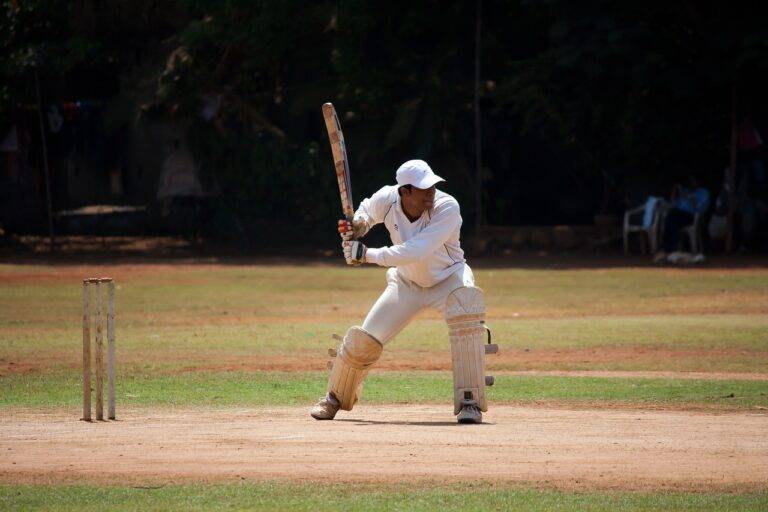Understanding the Impact of Travel Fatigue on Cricket Performance: A Data-driven Approach
cricketbet999, 11xplay online id, betbhai9:Travel fatigue is a common issue faced by athletes, particularly in sports like cricket where teams frequently have to travel long distances for matches. The impact of travel fatigue on cricket performance has been a topic of interest for sports scientists and coaches alike. In this article, we will explore the importance of understanding travel fatigue in cricket and how a data-driven approach can help in managing it effectively.
Travel fatigue refers to the physical and mental tiredness that athletes experience as a result of long-distance travel. Factors such as jet lag, changes in time zones, disrupted sleep patterns, and overall discomfort from traveling can all contribute to the development of travel fatigue. In cricket, where players have to travel across continents for matches, travel fatigue can have a significant impact on performance.
A data-driven approach involves collecting and analyzing data related to travel schedules, player performance, and other relevant factors to identify patterns and trends that can help in understanding the impact of travel fatigue on cricket performance. By using data analytics tools and techniques, coaches and sports scientists can gain valuable insights into how travel fatigue affects players and what strategies can be implemented to mitigate its effects.
One key aspect of managing travel fatigue in cricket is scheduling. By analyzing travel data and player performance metrics, coaches can identify optimal travel schedules that minimize the impact of fatigue on players. This could involve adjusting training sessions, rest periods, and match schedules to account for the effects of travel fatigue.
Another important aspect of managing travel fatigue is recovery. By tracking player data before, during, and after travel, coaches can tailor recovery strategies such as nutrition, hydration, and sleep to help players recover more quickly from the effects of travel fatigue. This can improve overall performance and reduce the risk of injuries.
In addition to scheduling and recovery, a data-driven approach can also help in monitoring player workload and fatigue levels. By analyzing data on players’ physical exertion, training loads, and fatigue levels, coaches can make informed decisions about player selection, rotation, and workload management to prevent burnout and optimize performance.
In conclusion, understanding the impact of travel fatigue on cricket performance is essential for coaches and sports scientists to develop effective strategies for managing it. By using a data-driven approach, teams can gain valuable insights into how travel fatigue affects players and what steps can be taken to minimize its impact. Ultimately, this can lead to improved performance on the field and better overall team success.
FAQs:
Q: How can coaches track travel fatigue in cricket players?
A: Coaches can track travel fatigue by analyzing travel schedules, player performance metrics, and data on recovery and workload. This data can provide insights into how travel fatigue affects players and what strategies can be implemented to manage it.
Q: What are some common symptoms of travel fatigue in cricket players?
A: Common symptoms of travel fatigue include fatigue, lethargy, disrupted sleep patterns, decreased performance, and increased risk of injuries. By monitoring these symptoms, coaches can identify players who may be experiencing travel fatigue and take appropriate action to help them recover.
Q: How long does it take for cricket players to recover from travel fatigue?
A: The recovery time for travel fatigue can vary depending on factors such as the duration of travel, the player’s overall fitness levels, and the effectiveness of recovery strategies. By using data-driven approaches to monitor player recovery, coaches can optimize recovery times and minimize the impact of travel fatigue on performance.







